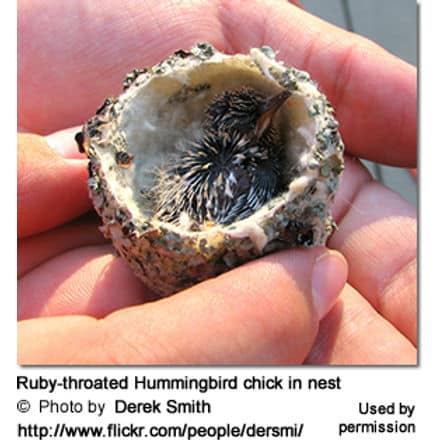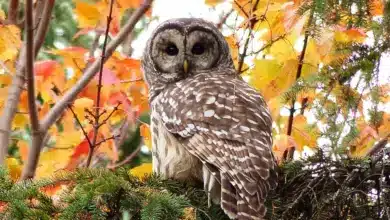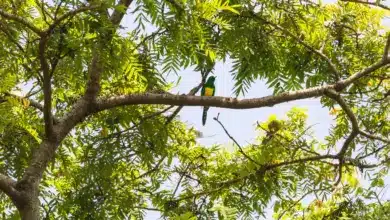Lord Howe Starlings
The Lord Howe Starling (Aplonis fuscus hullianus) was a small bird in the Starling family. It is an extinct subspecies of the Tasman Starling (Aplonis fusca), the only other subspecies being the Norfolk Starling which is also extinct. It was endemic to Lord Howe Island in the Tasman Sea, part of New South Wales, Australia.
Description
The Lord Howe Starlings was 18 cm long. The head, the neck, the mantle, and the throat were glossy metallic green. The back was slaty grey with a dull greenish gloss. The rump and the underparts were grey. The tail was grey with brownish tips to the feathers. The wings were rich brown. The iris was orange-red.
Ecology
The starlings were called “Red-eyes” from their eye color, or “Cudgimeruk” from their distinctive calls, by the islanders. They were forest dwellers who lived and foraged in pairs. During the nesting period, a clutch of four to five bluish-red-blotched eggs was laid in a nest in a hollow in a dead tree or tree fern.
Extinction
The fate of Lord Howe Starling was sealed in June 1918 when the SS Makambo grounded at Ned’s Beach, thus allowing Black Rats to leave the vessel and overrun the island. Within two years 40% of Lord Howe’s endemic bird species were extinct, including the Lord Howe Fantail, Lord Howe Gerygone, and Robust White-eye. The Lord Howe Starling vanished by 1919.




